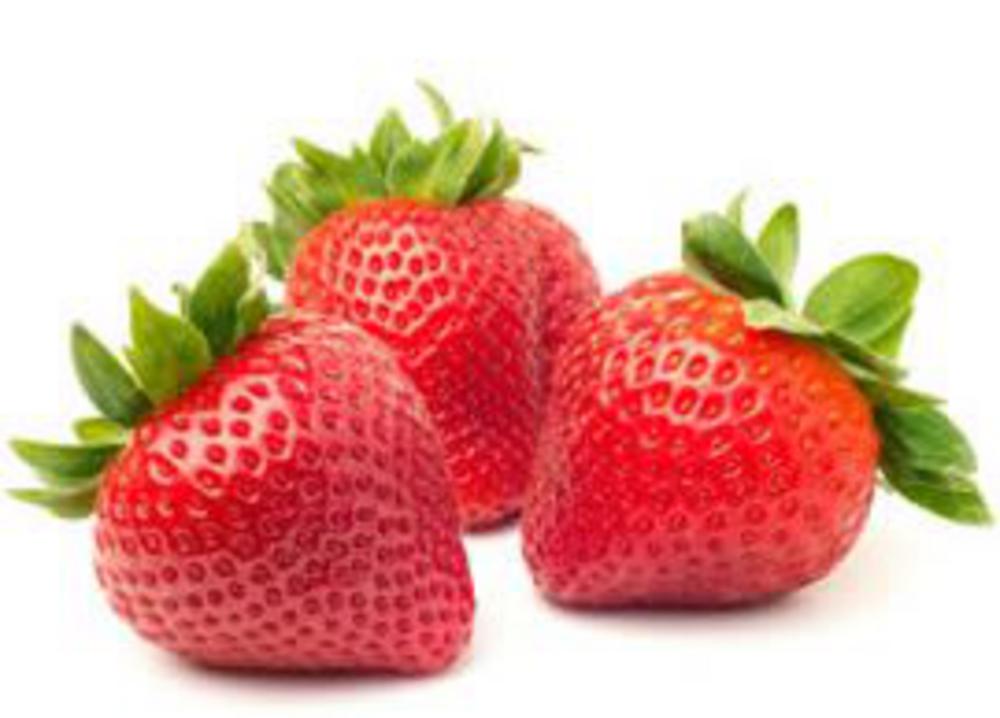Last week our article gave you tips on how to increase the amount of insoluble fibre in your diet. This week we want to introduce you to the benefits of soluble fibre and how to add it to your diet.
Dietary fibres are found naturally in the plants that we eat. They are parts of plant that do not break down in our stomachs, passing through our system undigested.
All dietary fibres are either soluble or insoluble.
Both types of fibre are equally important for health, digestion, and preventing conditions such as heart disease, diabetes, obesity, diverticulitis, and constipation.
Soluble fibre

Soluble fibre dissolves in water.
Soluble fibres in the foods we eat attract water and form a gel, which slows down digestion.
Soluble fibre delays the emptying of your stomach and makes you feel full, which helps control weight.
Slower stomach emptying may also affect blood sugar levels and have a beneficial effect on insulin sensitivity, which may help control diabetes.
Soluble fibres can also help lower LDL (“bad”) blood cholesterol by interfering with the absorption of dietary cholesterol.
-
Sources of soluble fibre:
oatmeal, oat cereal, oat bran
apples, oranges, pears, strawberries, blueberries,
nuts, flaxseeds, psyllium,
lentils, beans, dried peas,
cucumbers, celery, and carrots.
It is easy to increase your intake of soluble fibre:
-
Start off your morning with a cup of cooked oatmeal (2 grams of soluble fiber).
-
Pack an orange for a mid-morning snack (2 grams).
-
Toss 1/2 cup each of kidney beans and carrots into your salad at lunch (4 grams).
-
Eat a pear for an afternoon snack (2 grams).
-
Enjoy a cup of broccoli with dinner (2 grams).
Bingo! You have just added 12 grams of soluble fiber (22 grams of total fiber) to your diet!
Whenever you increase fiber in your diet, you may want to do it gradually in order to let your body slowly get used to it. Also, make sure to drink plenty of fluids to help avoid constipation.